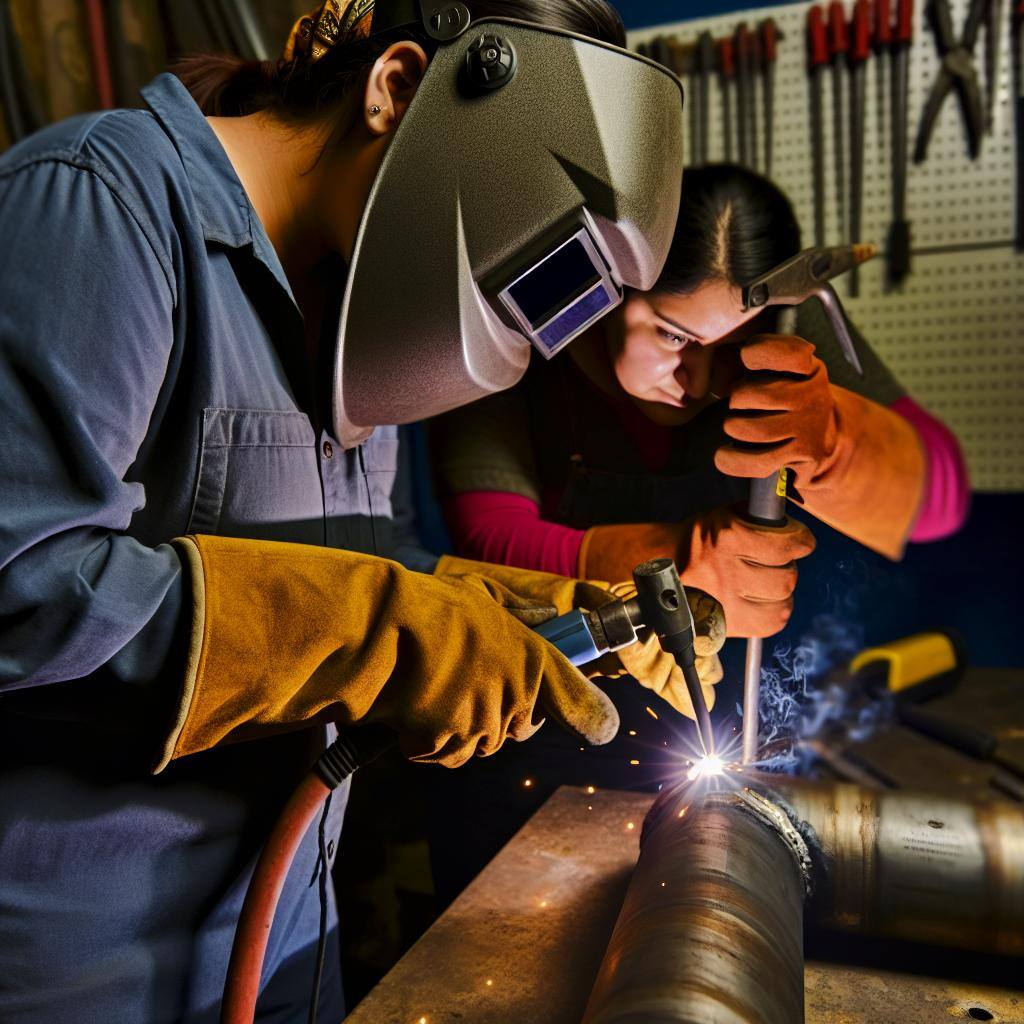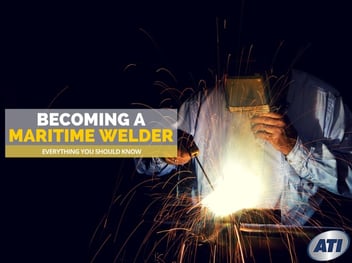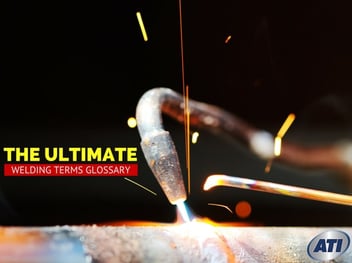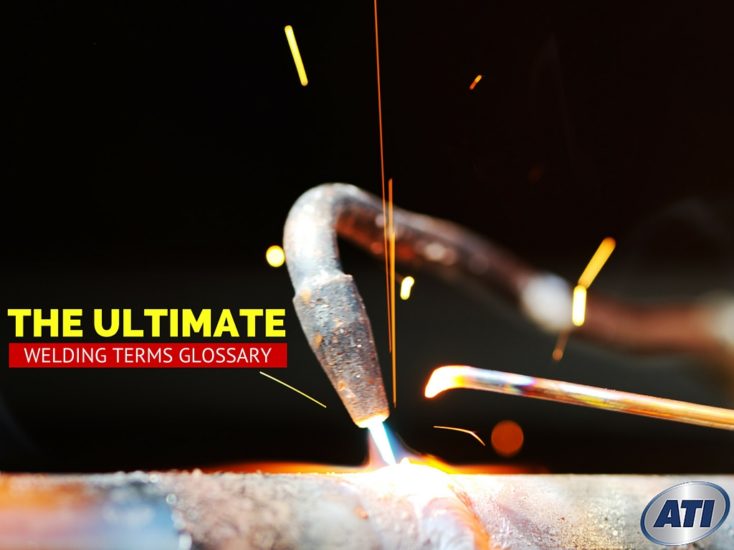Pipe welding is a method for joining two pipes together using various welding techniques, including arc welding processes like MIG welding and TIG welding. While there's a distinction between pipe welding (typically involving metal pipes in plants and refineries) and pipeline welding (for transporting gas, water, oil, and other liquids over long distances), both are vital in keeping things moving. Pipe and pipeline welders work in industries such as construction, oil and gas, water treatment, fabrication shops, and nuclear power stations. They connect new pipes or repair old ones, always conforming to relevant codes and standards.
Pipe Welding Techniques
Shielded Metal Arc Welding (SMAW):Also known as stick welding, SMAW uses an electric arc to melt the electrodes and join the metal without the need for flux or shielding gas. It’s simple and portable but less productive due to slower travel speeds.
Gas Metal Arc Welding (GMAW): Includes MIG and MAG welding, offering high productivity with semi or fully automatic equipment, requiring precise control of welding variables.
Flux-Cored Arc Welding (FCAW): Uses a flux-cored wire with either self-shielding or gas-shielding methods. Gas-shielded FCAW offers high productivity but can be affected by windy conditions, while self-shielded FCAW avoids this issue.
Submerged Arc Welding: A semi-automatic process that provides high deposition rates and defect-free surfaces, though the arc is not visible, making it harder to trace.
Tungsten Inert Gas (TIG) Welding: Produces high-quality welds but has low deposition rates and higher equipment costs, making it ideal for critical and high-precision jobs.
Positioning and techniques
- 1G (Flat Position): The pipe is rotated while welding.
- 2G (Horizontal Position): The pipe is fixed horizontally, and the welder moves around it.
- 5G (Vertical Position): The pipe is fixed vertically, and the welder welds around it.
- 6G (45-Degree Fixed Position): The pipe is fixed at a 45-degree angle, and welding requires high skill due to gravity's effect on the molten weld pool.
Key Considerations
- Material Types
- Steel (carbon and stainless)
- Aluminum
- Copper
- Other alloys
- Joint Types
- Butt joints
- T-joints
- Corner joints
- Lap joints
- Positioning
- Welding can be done in various positions: flat, horizontal, vertical, and overhead.
- Pipe welding often involves 5G (fixed horizontal), 6G (fixed at 45 degrees), or other specific orientations.
- Preparations
- Proper cleaning and beveling of pipe ends
- Ensuring correct fit-up and alignment
- Use of appropriate welding techniques and filler materials
Steps and Passes in Pipe Welding
Preparation- Cleaning: Remove any rust, oil, dirt, or other contaminants from the pipe surfaces
- Beveling: Prepare the edges of the pipe with a bevel to create a V-groove, ensuring proper penetration and fusion.
- Fit-Up and Alignment: Align the pipes accurately and tack weld them in place to maintain alignment during welding.
- The initial weld that fuses the edges of the joint together.
- Requires careful control to ensure full penetration and avoid defects like lack of fusion or porosity.
- Often performed with techniques like TIG or stick welding for better control and quality.
- The second pass follows the root pass.
- Removes any slag or impurities from the root pass and ensures thorough fusion.
- Helps prevent the formation of defects and prepares the joint for subsequent passes.
- Intermediate passes that fill the groove between the pipes.
- Multiple fill passes are typically required, especially for thicker pipes.
- The goal is to build up the weld to just below the level of the pipe surface.
- The final pass that covers the fill passes and finishes the weld.
- Ensures a smooth, even surface and sufficient reinforcement.
- Proper technique is essential to avoid defects like undercutting or overlap.
Types of Passes
Stringer Bead- A single, straight weld bead.
- Used for the root pass and in some fill passes.
- Provides good penetration and control.
- A weld bead that oscillates from side to side.
- Used in fill and cap passes to cover a wider area and build up the weld more quickly.
- Requires skill to maintain a consistent pattern and avoid defects.
Pass Techniques
Root Pass Techniques- Backhand (Drag) Technique: The electrode is dragged along the joint, providing better control and penetration.
- Forehand (Push) Technique: The electrode is pushed along the joint, often used for thinner materials.
- Ensure the weld is clean and free of slag before starting the hot pass.
- Use a slightly higher amperage to help fuse any remaining impurities.
- Maintain a consistent travel speed and arc length.
- Use stringer or weave beads as needed to fill the joint evenly.
- Use a weave pattern to cover the entire width of the joint.
- Focus on achieving a smooth, even surface without excessive reinforcement.
Advantages of Pipe Welding
- Fewer Fittings: Eliminates the need for fittings between joints.
- Lower Costs: Uses thinner pipes and reduces labor costs.
- Improved Flow: Creates smooth, streamlined surfaces.
- Ease of Repair: Often repaired in place, unlike screwed systems.
- Fewer Leaks: Handles vibration better, reducing leak risks.
- Easier Insulation: No threaded connections to complicate insulation.
- Labor Efficiency: Less labor-intensive for larger pipes.
Common Issues in Pipe Welding
Proper preparation and adherence to safety standards are crucial. Welding can produce hazardous conditions, but with the right training and equipment, these challenges can be managed effectively.
Applications and Examples
Pipe welding is used in various industries, including oil and gas, chemical processing, food and beverage manufacturing, power generation, and water and gas utilities.
Pipe welding is a dynamic and essential field with numerous applications across various industries. Understanding the techniques, processes, and advantages of pipe welding can help you appreciate its critical role in modern infrastructure. Whether you're a seasoned professional or just starting out, the world of pipe welding offers a rewarding career filled with opportunities.
Industry Knowledge
Welcome to the Advanced Technology Institute's Blog, your resource for industry insights and discussions on technologies shaping the future of automotive, heavy vehicle, hvac, welding, and other related career paths.
Explore how ATI's curriculum and hands-on learning opportunities can propel your career in the tech-driven world.







